The Ferrari 250 GT LWB Berlinetta ‘Interim’

Just seven of these cars were built in the short window between the 250 GT Berlinetta - which saw racing success in ‘Tour de France’ form - and the arrival of the beautiful 250 SWB. On his unrelenting quest to innovate, win races and, uncoincidentally, cash in on the demand drummed up by the success of the ‘Tour de France’, Enzo Ferrari greenlit development for a new shorter, sleeker and more technologically advanced version of the 250 GT Berlinetta in early 1959.
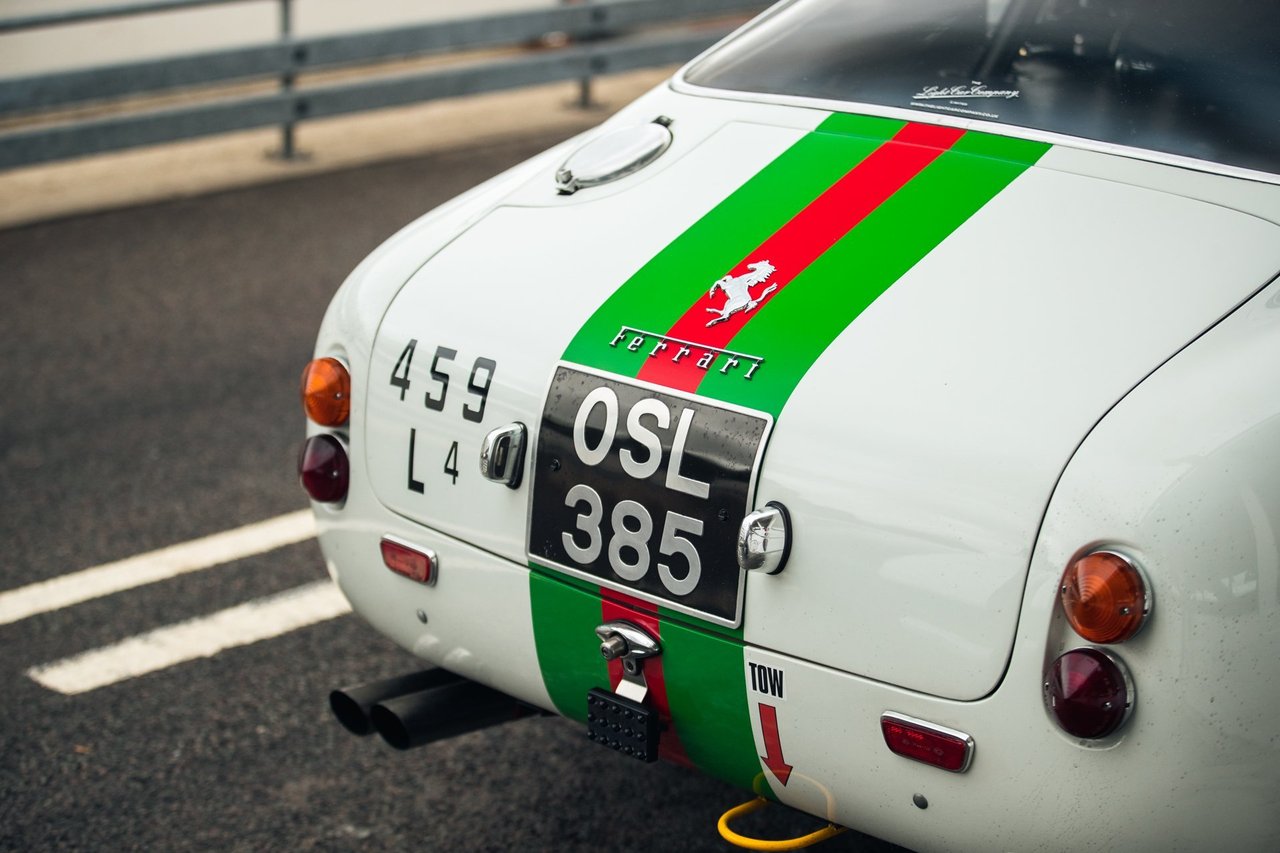
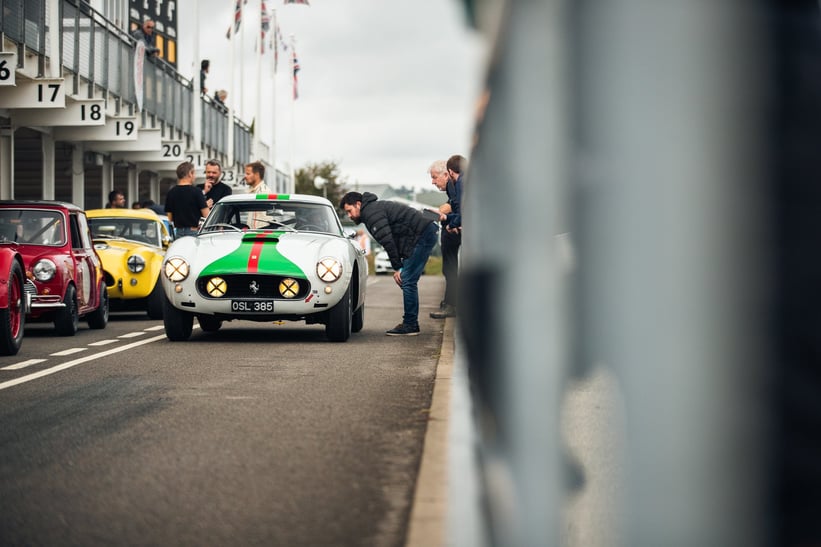
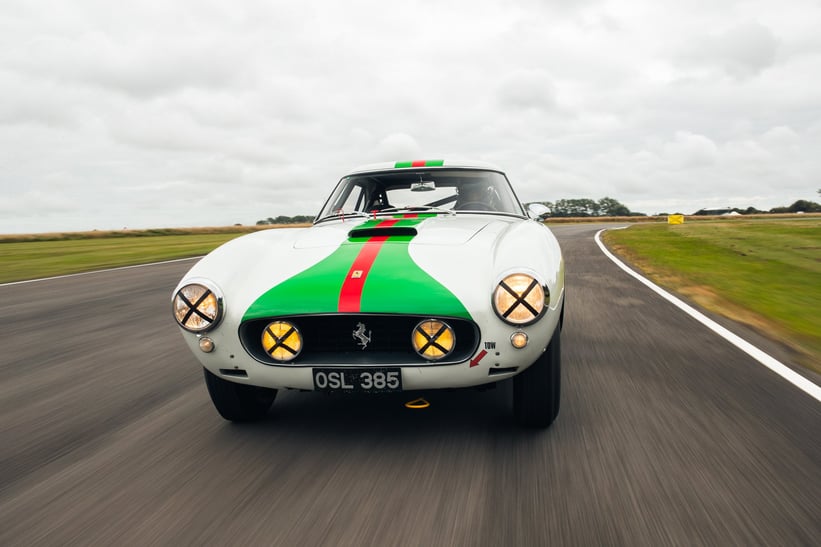
Pinin Farina was entrusted with the design of the new Berlinetta. And this is where the so-called ‘Interim’ enters the fray. Il Commendatore was keen to test the high-speed capabilities of the new car’s bodywork, so using his direct, no-nonsense influence, commissioned Pinin Farina and Scaglietti to clothe the current 250 GT LWB’s 2,600mm chassis with an early development of the new SWB’s coachwork ahead of the 24 Hours of Le Mans in June of 1959.

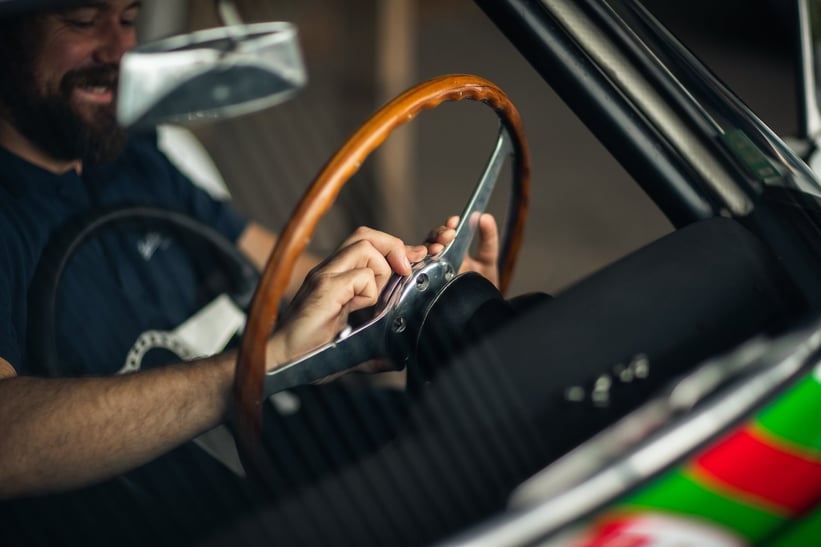
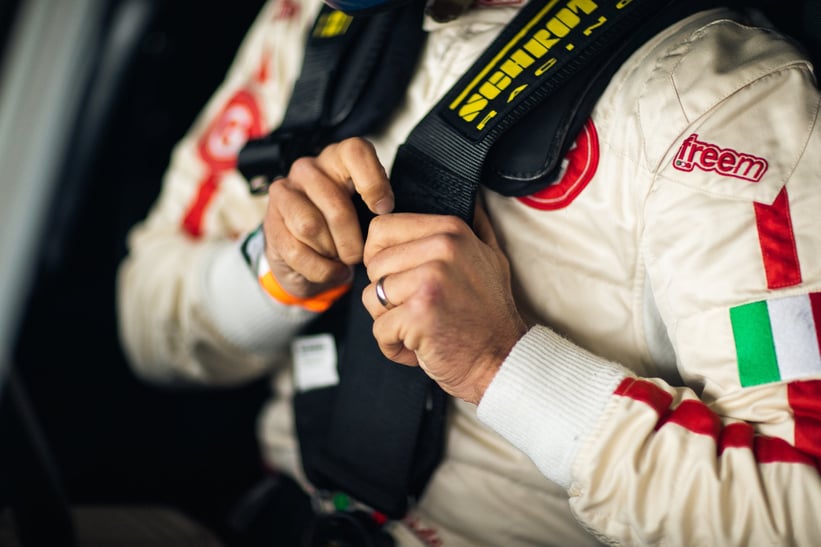
The extra 200mm in the wheelbase compared to the later 250 GT SWB Berlinetta makes the ‘Interim’ slightly less cohesive from a proportion point of view. However, it’s still a very pretty thing. A mere three months after its introduction, the 250 GT SWB Berlinetta – with its more compact design and disc brakes – took a bow in Paris and instantly rose to the top of every driver’s wish list. Swiftly rendered obsolete on the track, most of the ‘Interims’ were instead left to serve as fast road cars for their small number of well-to-do owners.


The very first ‘Interim’ – chassis number 1377 GT – was, uniquely, constructed by Pinin Farina in Turin while the second example, 1461 GT, which appeared alongside the aforementioned prototype, at Le Mans, was built by Scaglietti in Modena. Just five further Scaglietti-built 250 GT LWB Berlinetta ‘Interims’ were sold to Ferrari’s VIP customers and well-known privateers. The stunning and beguilingly original 250 GT LWB Berlinetta ‘Interim’ pictured here is chassis number 1509 GT. This weekend 1509 GT will compete in the Stirling Moss Trophy at the hands of Max Girardo who will partner with Philip Kadoorie.

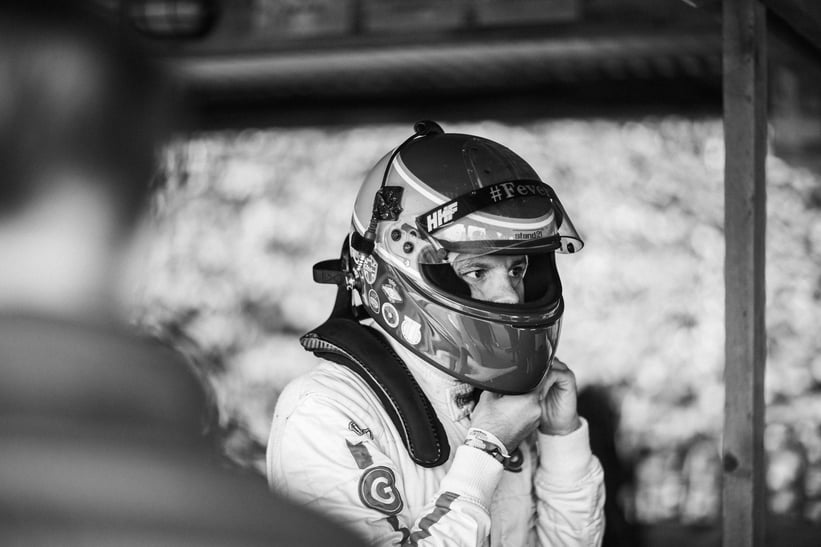
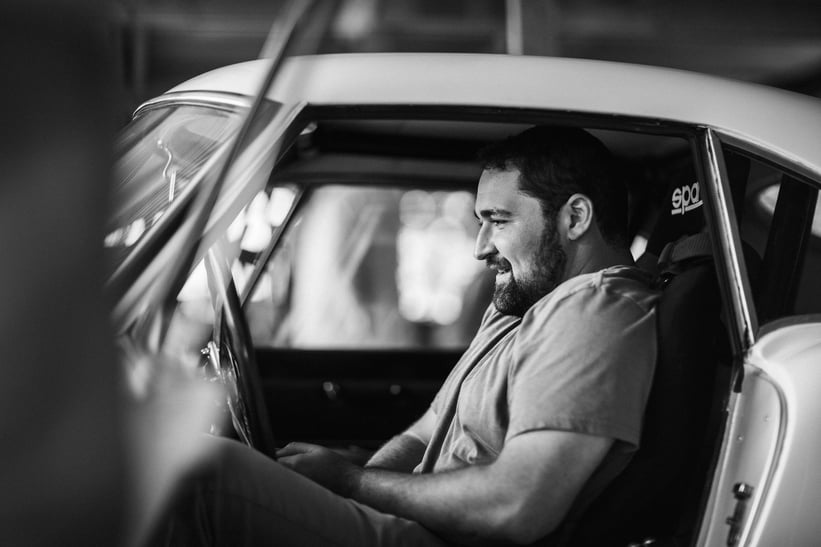
The fourth of the seven examples built, 1509 GT was delivered new in September of 1959 to the French racing driver Jo Schlesser. The car was finished in white with a green and red stripe, the national colours of Madagascar. Chatting with the owner he recalls a fascinating recent discovery to the car’s past while owned by privateer racer Balz Amschwand.
The car was invited to the Bahamas Speed Week and Amschwand clearly had a fine sense of adventure, immediately arranging for a baby cot to be built for the car for their 18 months old daughter Francine to fit snugly in the alongside mum and dad.
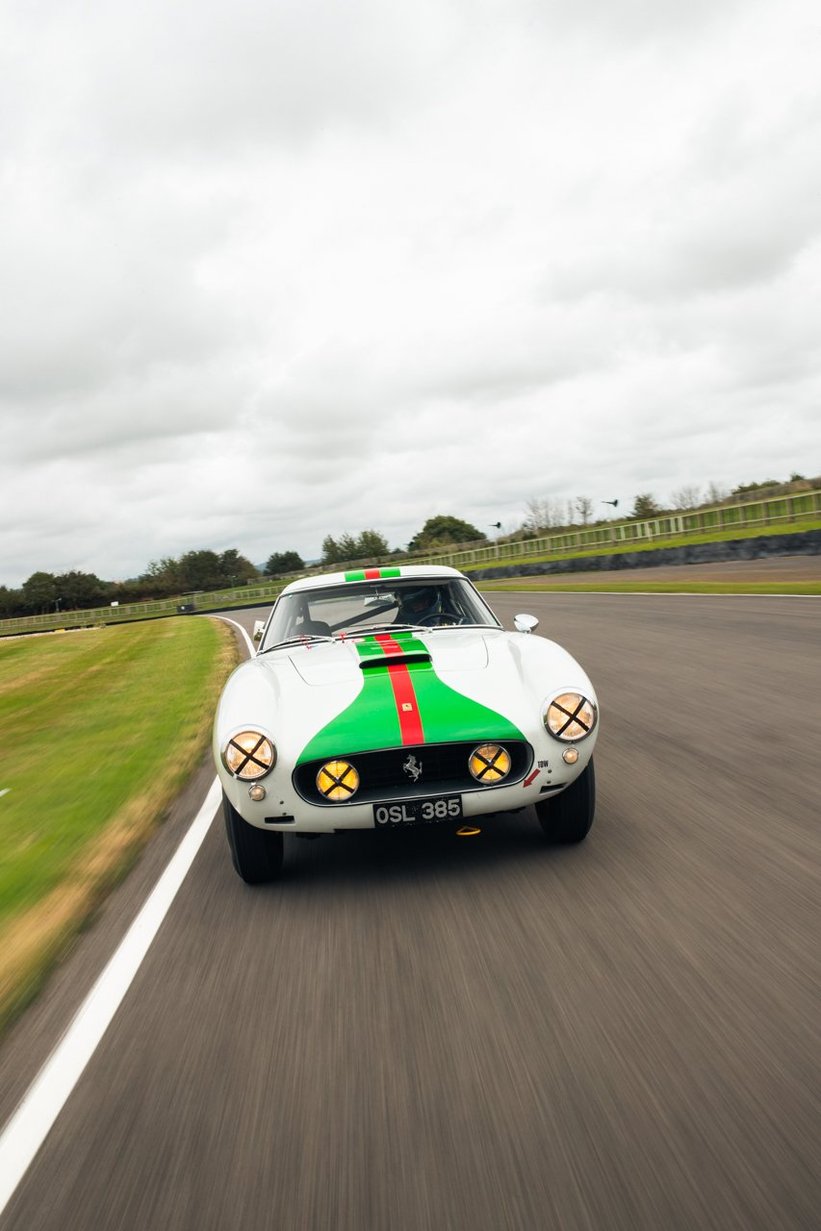
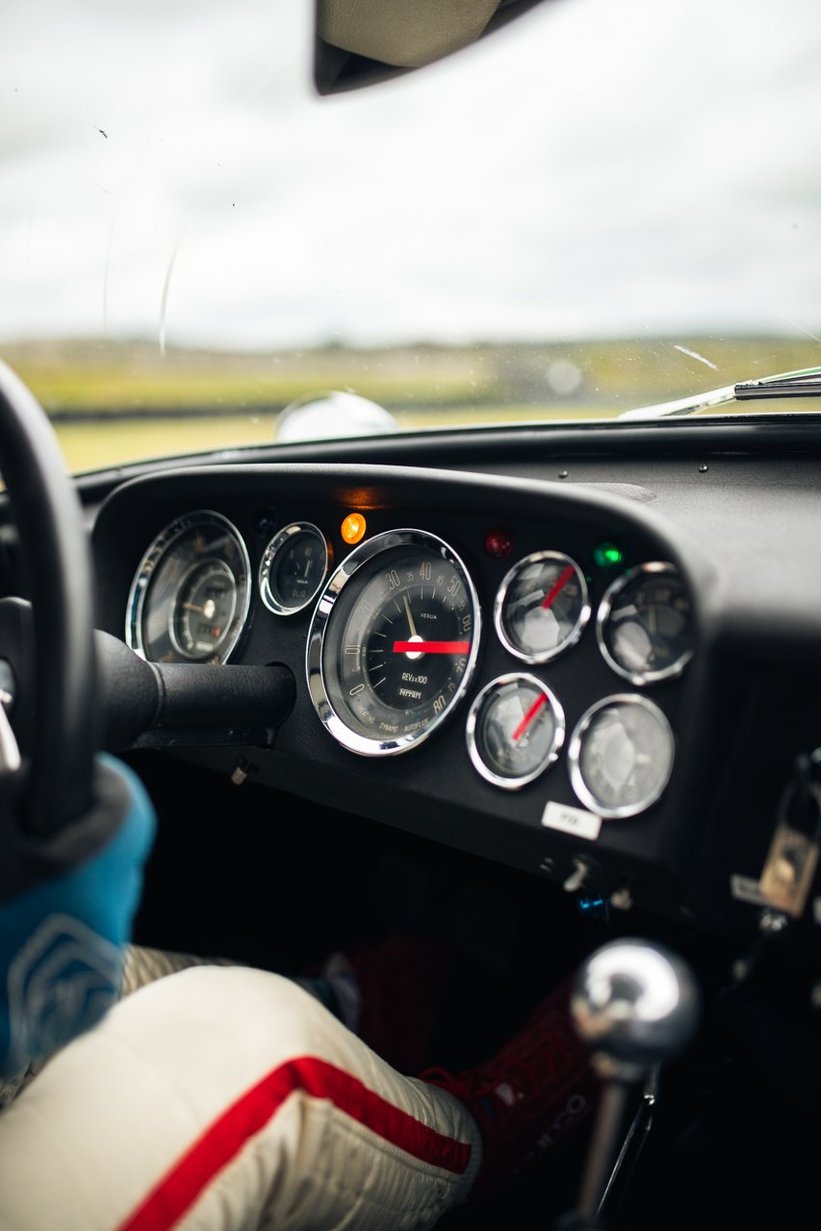
Driving up from Switzerland to Le Havre , they boarded a cruise ship headed for New York. Of course, the exhaust got ripped off while disembarking the ship and so the three of them could be heard miles away driving through Manhattan at 5am!
With the exhaust repaired they continued down the East Coast to Miami crossing six states before boarding the ferry to Nassau. At the races the car would compete against names such as Innes Ireland, Roger Penske and Lorenzo Bandini. What a way to travel!
In the words of Max Girardo

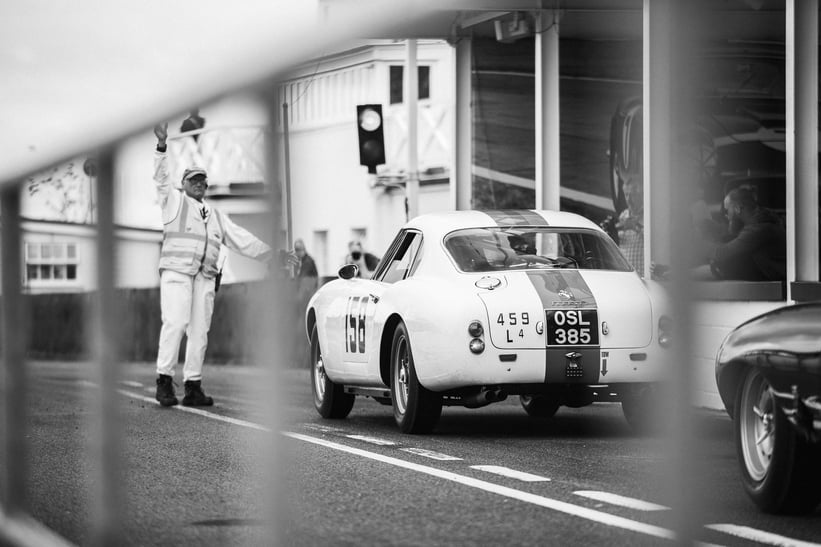

“In my opinion, the ‘Interim’ represents an underrated sweet spot in the Ferrari GT lineage. Despite sharing virtually identical underpinnings to the ‘Tour de France’, the ‘Interim’ feels more modern somehow. There’s the slightly reclined driving position, the updated dashboard and the view out over the slightly elevated bonnet. I can’t hammer home enough how much of a joy to drive it is – whether you’re tearing lap after lap around a racetrack or on a cross-continental road trip. And that inherent dual-purpose nature is exactly what makes it such an appealing ownership proposition today.”
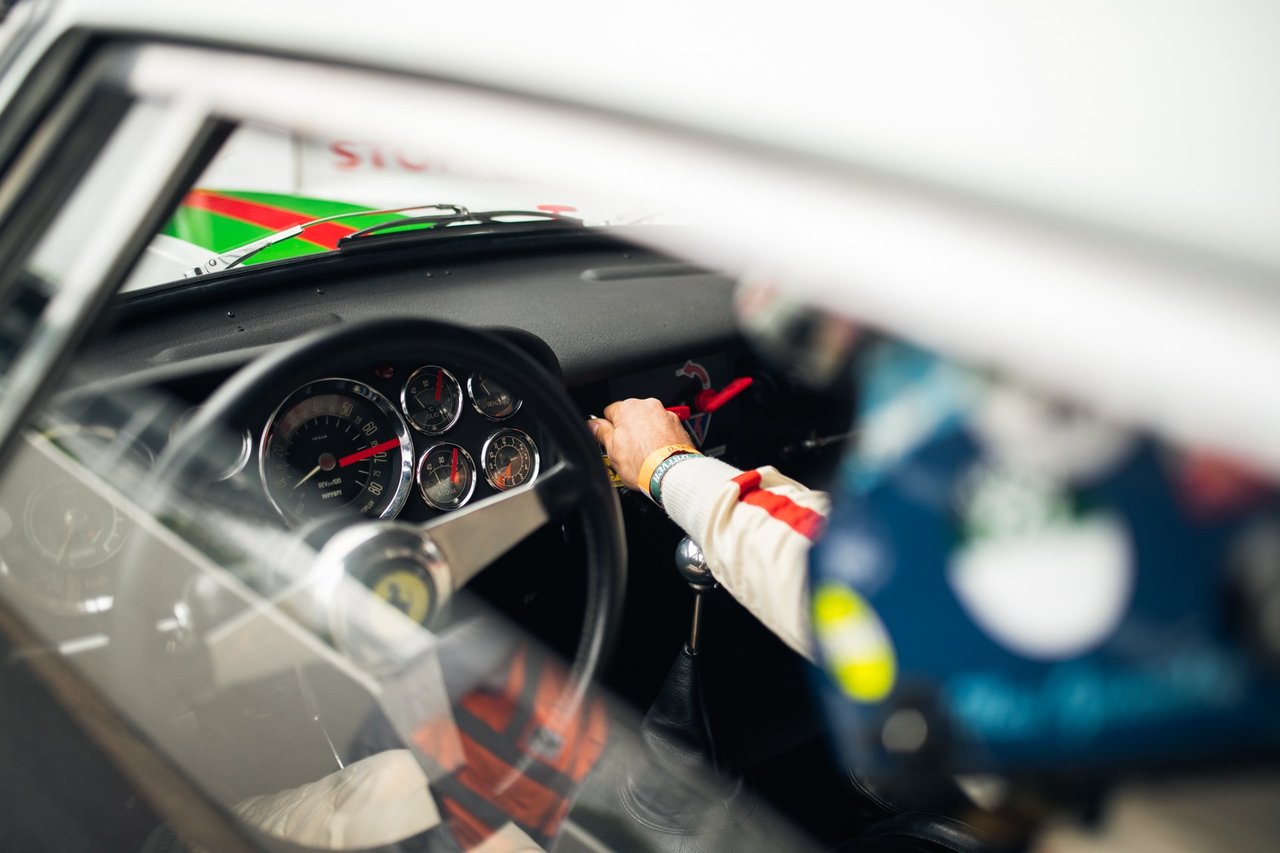
“I can’t put my finger on exactly what makes the ‘Interim’ feel slightly sharper and more zingy than the ‘Tour de France’. Perhaps it’s the disc brakes on 1509 GT, which were a common period upgrade on these cars. By no means is the overall difference night and day, but you can definitely recognise it. The ‘Tour de France’ is rooted in the 1950s. But the ‘Interim’ peers ahead into a new decade.”
A lap of Goodwood in the ‘Interim’
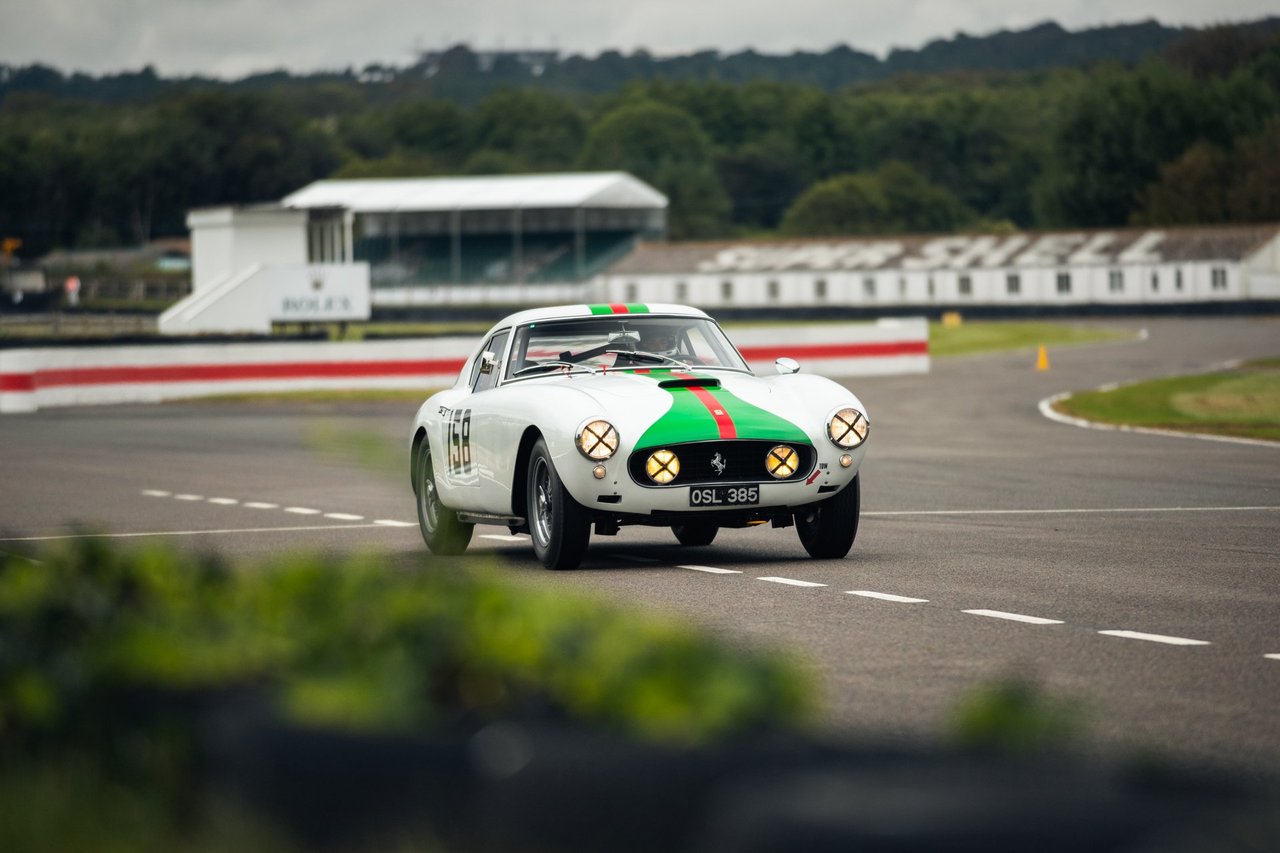
“So we begin on the start-finish line, climbing the rev range in fourth gear, the three-litre V12 singing away. It’s hard on the brakes on the far left-hand-side of the track, down into third gear and then turn in late and balance the car on the throttle to hug the two long sweeping inside curbs of Madgwick Corner. It can be quite busy in the cockpit – ‘all arms and elbows’, as Innes Ireland famously said.
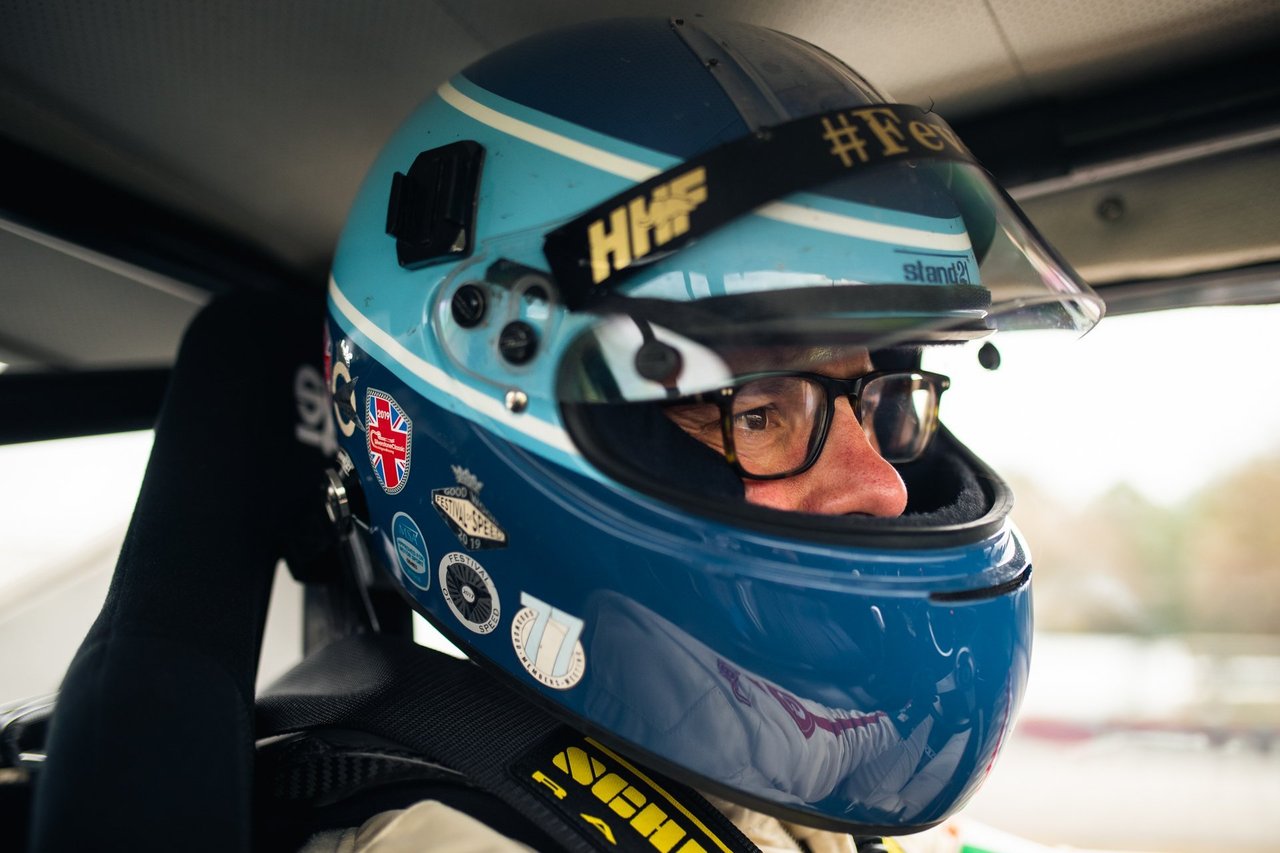
With the throttle pinned, it’s back over to the left of the track and up into fourth gear. If you position the car just right the first part of Fordwater Corner, or No Name, is flat in the ‘Interim’, but you do need to have your wits about you as the weight slowly transfers, often requiring a small turn of opposite lock. There’s also a small dip, which causes the steering wheel to go light.
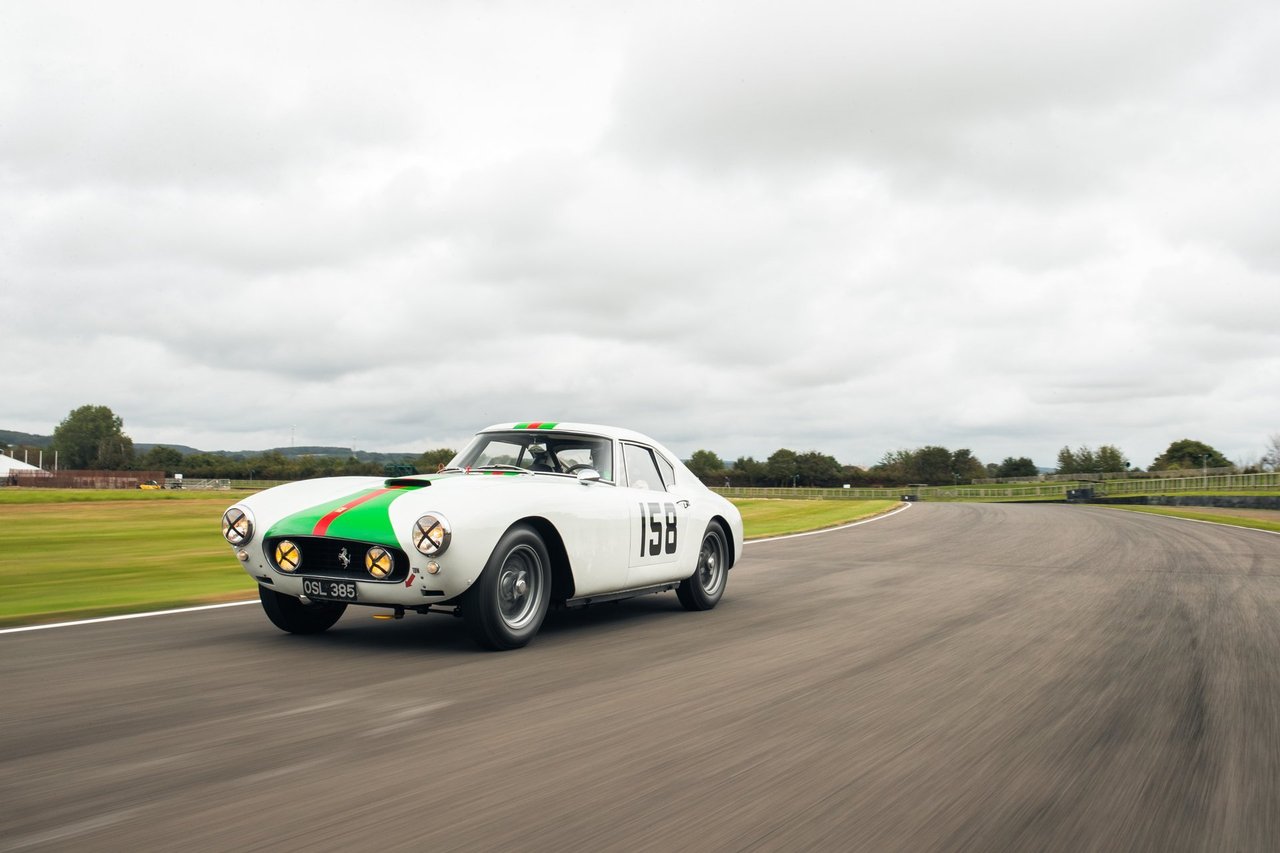
Braking into the second part of Fordwater, it’s crucial to nail the down change and get the car turned in enough early before the slight dip in the track. The sharpish left-hander at St. Mary’s is a tricky corner, before which you need to decelerate enough to get the car straight again. The circuit undulates here far more than it appears on the television, so it’s about managing this and using as much of the track as possible to get set up for Lavant Corner.
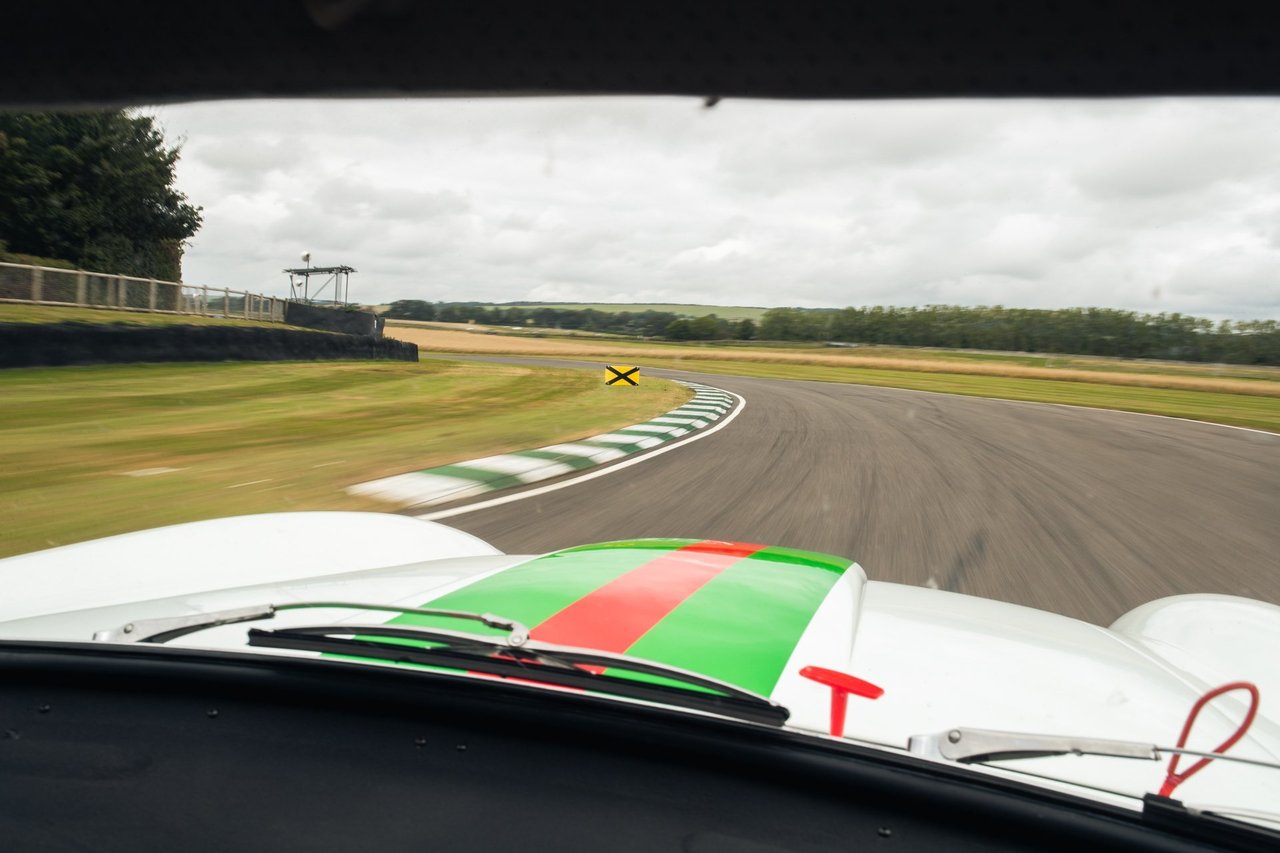
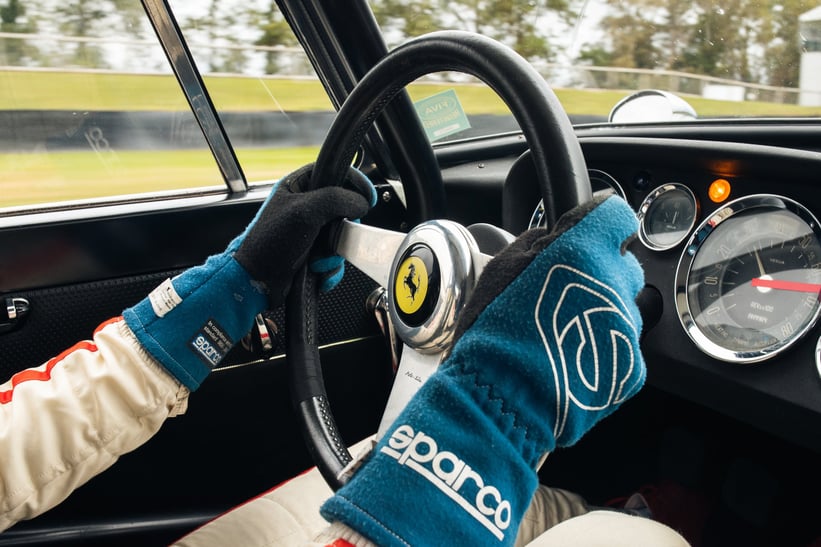
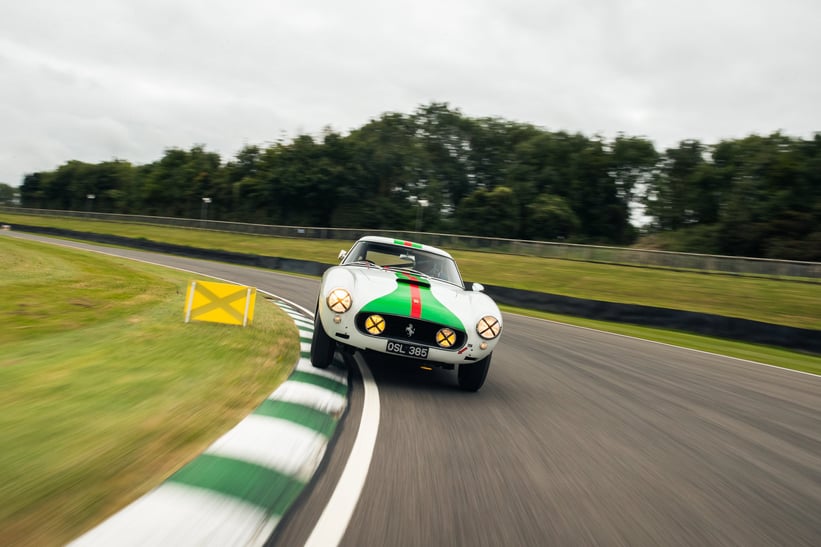
Lavant Corner is an achingly long right-hander, which I was taking in second in testing but I suspect will be third come the race. You really need to pick your angle, judge your speed and carry as much momentum through the long arc as possible. It’s so crucial to get a good exit out of here. The Lavant Straight is not straight on paper, but it is flat-out in reality.

By the end of the day I was feeling brave and throwing the anchors out for Woodcote Corner round about the 100-metre board, but you have to be really wary as the car squirrels around a lot. Patience is key through Woodcote Corner, and you need to feather the throttle until there’s enough grip to gun it on the short stretch towards the chicane.

The chicane is probably my favourite bit of the lap as, being on the left of the car, you can judge the entry and the distance to the wall perfectly and you can throw the car in – it’s a low speed yet relatively open-angled exit, which makes for some great slides. Not the quickest, but great for the crowds watching. Goodwood in these 1960s GT cars is so much fun. The circuit is so fast and commands respect, but nail a great lap and it’s a rewarding feeling.”
































